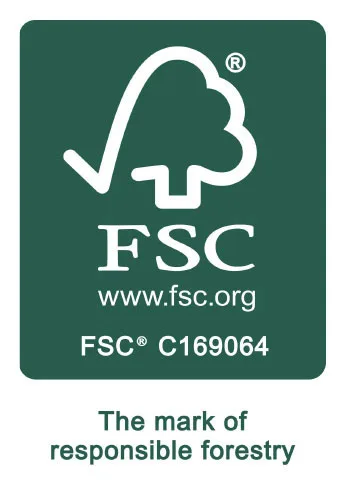In the world of sustainable packaging, there is something worse than single-use plastic bottles. Although they are a serious cause for concern and they are having a negative environmental impact, plastic bottles can be recycled. This is not always the case for packaging that is formed from multiple materials.
Described by The Recycling Association as the worst ‘villain’, Pringles crisp tubes are a prime example of multi-material packaging. The cardboard tube design is a novel and fun alternative to crisp packets. They help to keep crisps fresh and protected, but recycling them is not a joy.
Pringles crisp packaging is formed from a foil-lined cardboard tube, a metal base, an aluminium pull-off top and a plastic lid. This is far too complicated. Consumers are unlikely to separate it into parts and this makes it a recycling disaster.
You may think that one product is not going to make much difference to the environment and that is true. Having said that, 3 million tubes of Pringles are produced in Europe every day. This is why every product counts.
Fortunately, things are changing. A new Pringles cardboard tube with a polyal barrier is being trialled. The barrier provides a seal to keep the product fresh. It is necessary to protect the crisps; ensuring they are airtight and free from moisture. The recyclability is under review. Tubes with recyclable plastic or recyclable paper lids are also being tested. We await the outcome.
Labelling on Packaging
Pringles is not the only packaging which needs a sustainability upgrade. A recent Which? investigation looked at the packaging of 89 best-selling food items. They discovered that only 34% were fully recyclable at home. The plastic nets used by Babybel and Cathedral City cheese were identified as being particularly problematic.
The other issue identified by Which? was that 41% of the products had no recycling information. This included Galaxy Smooth chocolate wrappers, which are 100% recyclable, but consumers are not being informed.
“Manufacturers need to maximise their use of recyclable and recycled materials and ensure products are correctly labelled.”
– Natalie Hitchins, Head of Home Products & Services, Which?
Negative Packaging Materials
Consumer influence is encouraging brands to reduce waste and reconsider materials, but what impact is it having?
In 2019, Nestle produced a list of ‘negative packaging materials’. The list included polystyrene, polyvinyl chloride and paper combined with plastic.
The leading food company deemed these to be harmful to the environment and is committed to phasing them out of their packaging. This year, plastic straws, cups and PVC were gone. In 2021, they will remove any packaging that is ‘not functionally needed’ and will stop using dark pigment plastics.
It is hoped that this move towards sustainable packaging will inspire other brands to follow suit.
Design an ‘End of Life Plan’ for Packaging
When it comes to product and packaging design, brands should be creating an ‘end of life’ plan. It is time to focus on the circular economy. This will reduce the drain on infinite resources and simplify recycling processes to minimise our environmental impact.
How does your packaging fair? Below are three questions to consider:
What should be incorporated into or removed from your product packaging to encourage higher reuse and recycling rates?
Can multi-material packaging be switched to a single packaging material without compromising the quality of the goods inside?
Even if you have recyclable packaging, are you testing other materials that are more widely recycled?
At Aylesbury Box Company we have helped many brands to switch to 100% paper-based packaging solutions. This isn’t possible for all products, but even switching to our sustainable packaging fillers from shipping boxes is a start.
Printed Boxes for Recycling Made Easy
The Recycling Association recommends printing directly onto cans, boxes and bottles as a way to remove the need for plastic wraps or metallic labels. With a range of print options, it is possible to manufacture printed cardboard boxes without costing the earth. Could it be that printed packaging helps to cut costs, as well as reducing environmental impact?
If you are exploring sustainable packaging and ways to shift towards 100% cardboard packaging, give Aylesbury Box Company a call on 01296 436888. Our team will recommend solutions, provide a quote and send samples. You can then try this alternative to see if it is a viable packaging option.
